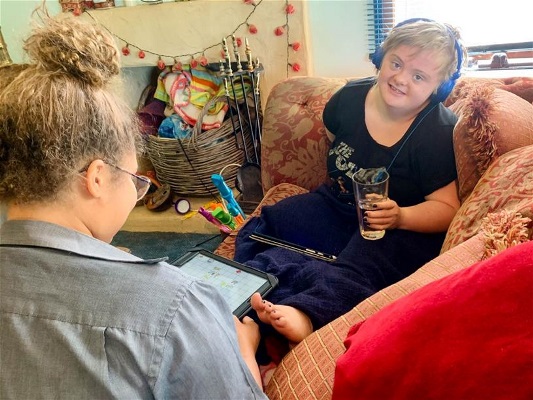Blogs
AT stories and reviews from your peers
Come Design with Me
13 March 2020
 Co-design is something that we hear a lot about these days but what exactly is it?
Co-design is something that we hear a lot about these days but what exactly is it? The benefits of Co-Design
Stay focused
1. Always have a clear objective. There’s no sense organising a workshop or meeting to design something if you don’t know what you want to achieve.
2. If you don’t have a clear objective yet, then all hope is not lost. You can still apply the principles of Co-design in the exploratory stage to see if you have a viable idea to pursue.
3. Make sure to have a good cross-section of the types of users you intend to be using your process or product.
4. When exploring solutions with Co-design, using engaging and structured activities can really help keep the focus on the objective. Gamestorming by Gray, Brown and Macanufo (2010 O’Reilly Media) has some good ideas and tools to inspire such creative thinking.
5. Workshops that have lots of noise and extroverted personalities can exclude many potential users and you may only get a partial representation of the group. Ensure you get input from all your group by mixing the activity styles to ensure an all-inclusive discussion.
6. People can and will have their own pre-conceived ideas on what a good process or product may be. They may have had a similar idea in their head for months or even years and now have an outlet to push their agenda. If you’re organising such a workshop you need to be mindful of this and while you take note of them also remember to include all parties. It’s Co-design not self-design after all.
7. Co-design can be perceived as a way for designers to relegate the responsibility and try to downplay the participants’ own knowledge and expertise. This cannot be further from the truth. Successful Co-design thrives off the knowledge and experiences of others.
8. Give the stakeholders the tools to express their thoughts and ideas to build a process or product that will be an asset to those involved and those that they are representing.
9. It’s not a token gesture. Without Co-design, you just have something that may need to be re-designed multiple times.
10. Co-design can be a very big task. Sometimes it may be better to employ other techniques such as contextual inquiry, stakeholder interviews or surveys before getting a large group of potential experts together in one place at one time.



